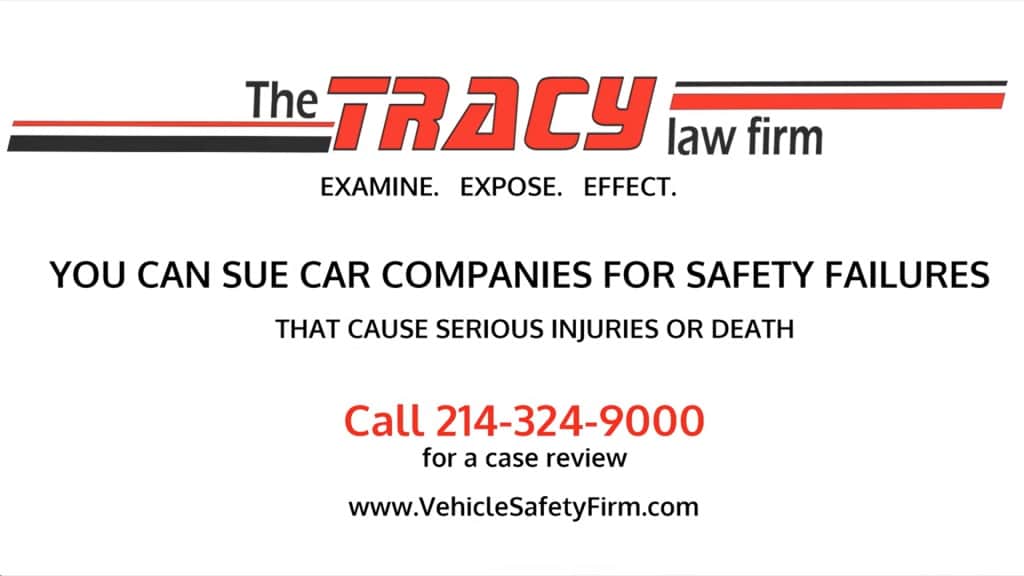Table of Contents
ToggleSafety Cage in Cars
A NASCAR race car has a roll cage design that helps protect the driver in the event of a frontal, side, rear or rollover event. The roll cage system keeps the area around the driver intact. This area is commonly referred to as the survival space. Without this roll cage, race car drivers would not be able to experience a rollover event at 150 mph where the vehicle rolls over 7 times and the driver exits the vehicle and waves to the crowd.
Open wheel race cars like INDY cars have a monocoque design, rather than a roll cage system. The monocoque uses carbon fiber to create a shell called a tub that surrounds the driver. At the top of the tub is a reinforced rollover device that looks like an air vent. In an accident pieces in front of and behind the tub breakaway so that the harmful energy forces are literally removed from the driver’s tub. The tub stays intact and the driver is not injured.
Safety Cage in Cars vs Occupant Compartment Zone
Production vehicles that you and I drive all have an occupant compartment zone that should be protected in the event of an accident. After all, the cargo we carry, our family, is precious and priceless. All too often however, the survival space is compromised or destroyed outright in accidents.
In rollovers, the vast majority of production vehicles sold today have roofs that will fail miserably in a rollover. The roof may crush down, may tent upward, may invert downward, or may matchbox sideways. Under any of these scenarios, the occupant’s survival space is destroyed. In front end collisions the instrument panel, foot well and frame rails under the seats collapse which destroys survival space. In T bone or broadside collisions, the door beams serve no useful purpose in deflecting oncoming vehicles as they are typically flimsy tubes. In rear end collisions, the trunk space typically ends up crushing up to the back of the front seats at the expense of the rear seated occupants. Sadly, most production vehicles have no engineering in place to channel energy away from the survival space.
Now strides have been made over the years. The vehicle industry has made great strides since the days of the Corvair. Subaru, Volvo, Mercedes Benz, BMW and Saab consistently are on the cutting edge of utilizing the most recent safety advances. However, most people will never be able to afford a European vehicle. I am a firm believer that everyone should be provided equal safety. If you pay $20,000 or $100,000 for a vehicle, you should have a roof structure that doesn’t crush into your skull in the event of a rollover, you should be able to place your children in the rear seats and not worry about them getting crushed in the event of a rear impact, and you should not worry about having your own lower legs crushed because your vehicle’s front structure collapsed like a vegetable can.
The price to improve vehicle safety and furnish equal safety regardless of income level is minimal around $300. There isn’t a consumer in America that wouldn’t spend an extra $300 to protect themselves or their family.
As consumers, we have the power. Without consumers, the vehicle industry will perish. Demand more safety systems. Demand safety equality. Over time, the vehicle industry will hear your voice. And, one day, maybe our vehicles might just actually have built-in safety cages.
For more than two decades, Todd Tracy has been helping to assert the rights of individuals injured in vehicle accidents due to manufacturing design defect, safety system failures, vehicle aggressiveness and vehicle crashworthiness throughout the United States.
Most people don’t know that they can sue car manufacturers, bus manufacturers and 18-wheeler truck manufacturers for unsafe vehicles that cause wrongful death or serious personal injury in car accidents.
Personal injury lawyer Todd Tracy focuses on “Who Caused The Serious Car Accident Injuries or Death” — not who caused the accident. Even if you may be at fault in the cause of the accident such loosing control on an icy or wet surface, you still may have a case if your vehicle’s safety systems failed to protect you. Car companies are required by federal motor vehicle safety standards to make vehicles that will protect the driver and passengers from catastrophic injuries or death.
If you, a family member or a friend have suffered a traumatic car accident injury or they were killed in an auto accident, you need to contact a car accident lawyer with a successful record in court for fighting the world’s biggest car companies.
Contact Todd Tracy here to “Find Out If You Have A Case” or call 214-324-9000.


